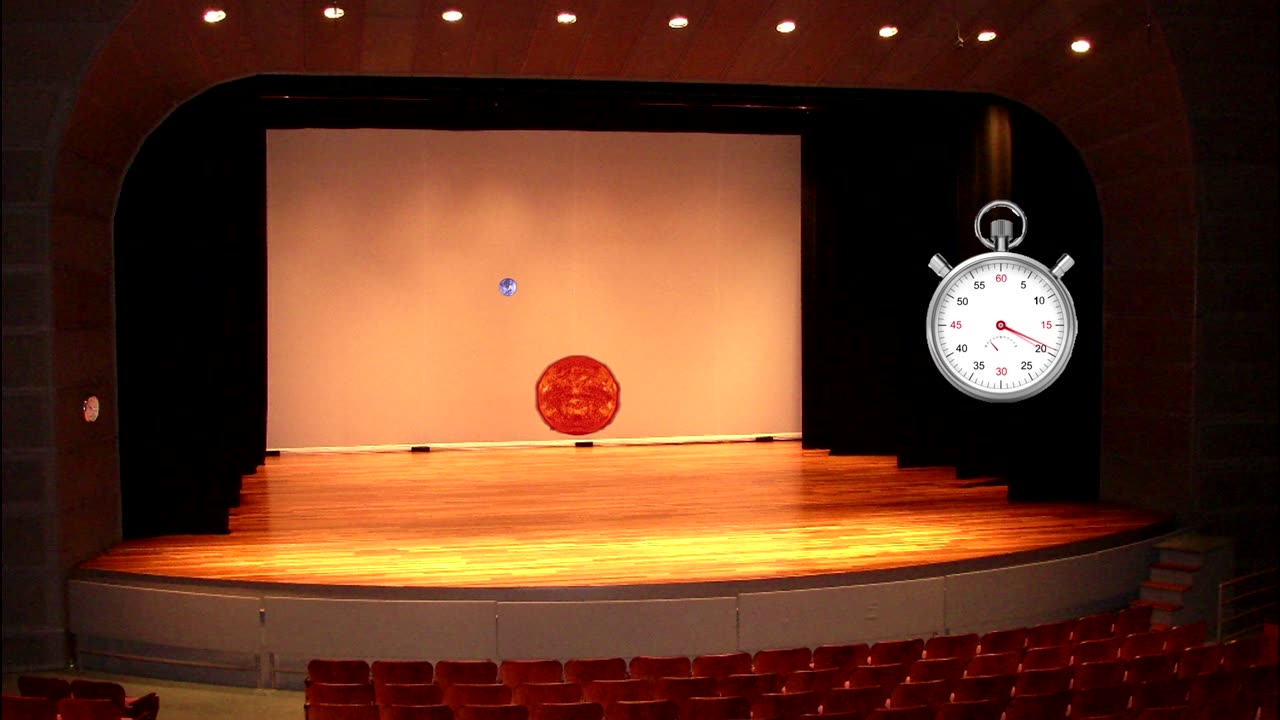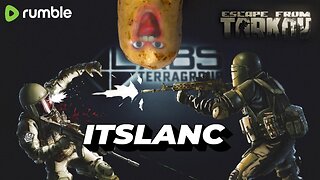Premium Only Content

How far away is it - The Milky Way
In this segment of our “How far away is it” video book, we cover the structure of the Milky Way galaxy.
We start with a high-level description of the three main components: the galactic center with its black hole, the galactic disk with its spiral arms, and the galactic halo stretching far out in all directions using the European Space Agency spacecraft Gaia’s findings. We also show how full images of the Milky Way can be created from within the galaxy.
Using the full power of the Hubble, Spitzer, and Chandra space telescopes, we take a deep dive into the center of our galaxy with its central bulge. We detail the evidence for the existence of a supermassive black hole, Sagittarius A*, at the very center of the galaxy’s core. We cover and illustrate the work done by the UCLA Galactic Centre Group in conjunction with the new Keck observatory on top of the Mauna Kea volcano in Hawaii, and the Max Plank Institute for Extraterrestrial Physics in Germany and more recently and the European Southern Observatory with its array of Very Large Telescopes in Chile. This includes a look at how close the star S2 approached Sgr A* and what that black hole might look like. In addition, we cover stellar interferometry with ducks on a pond to see how these measurements were done.
Next, we go a level deeper into the nature of a Black Hole singularity. We cover the Schwarzschild radius, event horizon, accretion disk, gravitational lensing, and gamma-ray jets. We then actually build Sgr A*. In addition to the supermassive black hole, we take a look at a solar mass black hole.
We then cover the structure of the galactic disk including: the bar core, the two 3 Parsec arms, Scutum-Centaurus, Perseus, Sagittarius with its Orion Spur, Norma and the Outer Arm. We review the locations of various celestial objects we’ve seen in previous Milky Way segments, to show how close to us they are. We also cover the disk’s rotation and the Sun’s orbit. We look at our solar system’s Ecliptic Plane with respect to the galactic plane. And we cover the galaxy’s dust clouds and how we see them with radio astronomy. We also cover the galaxy’s rotation curve and its connection with dark matter.
Next, we cover the galactic halo. We start with Shapley’s globular cluster map that first showed that we were not at the center of the galaxy. We cover the size of the halo, the inner and outer halos orbital motion, and the newly discovered galaxy within our galaxy called Gaia-Enceladus. We end with recent discoveries of massive amounts of Hydrogen in the halo and this findings impact on the Dark Matter debate. And we end with a calculation of the entire Milky Way’s mass.
We end our galaxy coverage by illustrating how far one would have to go to take a picture that would include what we see in our illustrations. We conclude the chapter with another look at the distance ladder that took us across the galaxy.
-
 5:30:10
5:30:10
SpartakusLIVE
12 hours ago#1 Verdansk Sniper gets HACCUSATIONS because of INSANE Headshots
58K4 -
 46:18
46:18
SB Mowing
2 days agoShe was LOSING HOPE but this SURPRISE CHANGED EVERYTHING
46.1K44 -
 10:00:10
10:00:10
ItsLancOfficial
12 hours agoWE LIVE 🔴WE LIVE 🔴 SUNDAY SUNDAYS!!!!!!! TARKOV
38.5K1 -
 4:09:32
4:09:32
EricJohnPizzaArtist
6 days agoAwesome Sauce PIZZA ART LIVE Ep. #59: Are You Ready for some FOOTBALL with GameOn!
46.7K7 -
 1:21:43
1:21:43
Jake Shields' Fight Back Podcast
17 hours agoJake Shields and Paul Miller!
78.6K135 -
 1:20:41
1:20:41
TRAGIKxGHOST
9 hours agoTrying to get SCARED tonight! | Are You SCARED!? | Screams Beyond Midnight | Grab a Snack
29.4K5 -
 5:21:24
5:21:24
StuffCentral
10 hours agoI'm baaack (no you can't play with me.. unless you a healer)
28.4K6 -
 2:25:11
2:25:11
TheSaltyCracker
12 hours agoTrump Is Not Dead ReEEeStream 8-31-25
109K166 -
 3:09:16
3:09:16
THOUGHTCAST With Jeff D.
10 hours ago $6.49 earnedLabor Day Weekend FORTNITE With THOUGHTCAST Jeff & the squad
29K4 -
 3:44:05
3:44:05
Rallied
13 hours ago $7.12 earnedSolo Challenges All Day
51.9K2